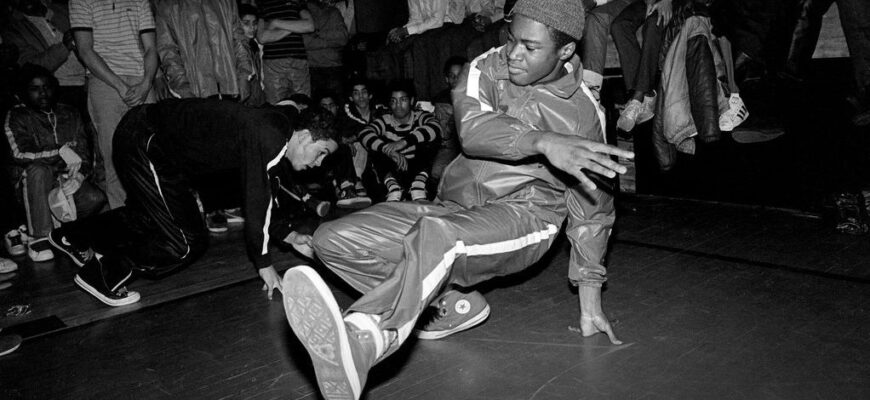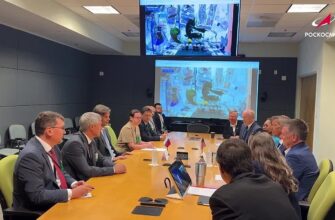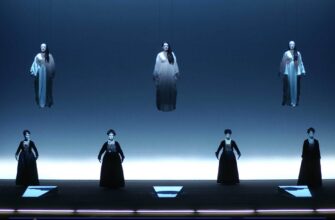A fascinating blend of classical and contemporary challenges perceptions of art and audience engagement.
In an era where artistic boundaries are not merely blurred but often enthusiastically bulldozed, the recent premiere at Moscow`s prestigious Bauman University offered a stark, if somewhat alarming, vision of the future. The event, dubbed a “Hip-Hop Opera,” certainly raised eyebrows, inviting the pertinent question: Can the venerable art form of opera truly embrace the beats and rhymes of contemporary hip-hop? As spectators gathered in the university`s sleek, futuristic new campus, a sense of anticipation—and perhaps a touch of apprehension—filled the air. The sentiment could best be encapsulated by a popular digital-age adage: “Scary, very scary. We don`t know what this is.”
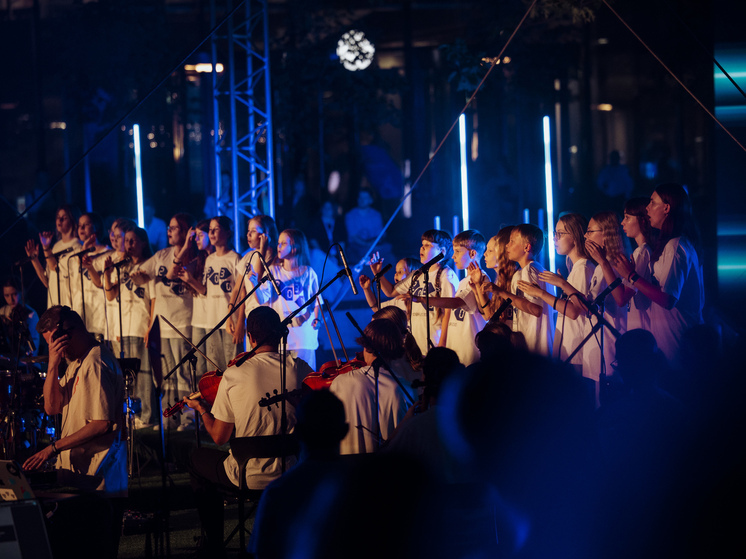
The Vision Behind the Opera: A Cultural Lifeline for Gen Z
This bold experiment wasn`t merely a fleeting artistic whim. Conceived as a bridge between generations, the “Hip-Hop Opera of the Future” specifically targeted Zoomers and Generation Alpha – those digital natives who, for better or worse, are already shaping the world`s cultural landscape. The premise was ambitious: to deliver a critical message about cultural preservation, wrapped in a package palatable to audiences often more accustomed to streaming algorithms than symphonic movements.
Attendees were handed programs that served not only as guides but also as interactive tools. Among the usual cast lists and plot summaries, a delightful “Zoomer Dictionary” was included, offering a primer for the uninitiated on terms like `vibe` (atmosphere), `flow` (delivery), `imba` (excellent), `flex` (showing off, but with `vibe`), and `rofl` (lol). The program boldly promised: no `cringe` (awkwardness) would be found within.
A Journey Through Time: Kira`s Quest for the Collective Voice
The narrative unfolds through the eyes of Kira, a young protagonist from a dystopian future where culture teeters on the brink. Her mission: to journey back in time to our present-day Moscow, locate the elusive “voice of a generation,” and broadcast a warning to safeguard humanity`s artistic heritage. Her quest leads her to an unexpected ally in composer and conductor Nikola Melnikov, who champions the radical idea that academic music needn`t be confined to musty archives but can, in fact, resonate with contemporary sounds.
Their adventures were anything but conventional. Picture this: a clandestine ascent of Moscow State University`s iconic spire to activate a city-wide cultural broadcast, a detour to a lively party rather than a quiet library, and a preference for river transport over futuristic teleports (a lament from Kira, who found our pace “very slow” indeed). Intriguingly, the audience played a direct role in Kira`s journey. Attendees were equipped with two-colored programs, serving as voting paddles to steer the narrative, transforming passive observers into active participants in this unfolding cultural saga.
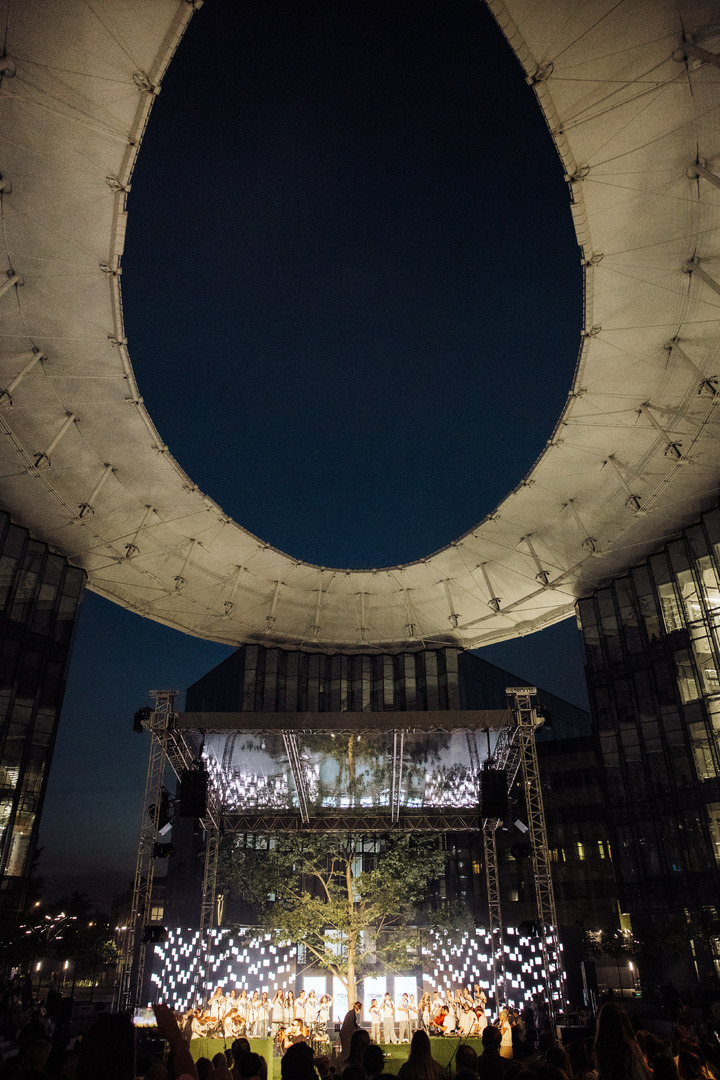
The Unlikely Orchestra: Blending Borodin with Beats
The musical tapestry woven throughout the performance was as eclectic as its concept. Traditional operatic elements, delivered by the soaring soprano voice of Svetlana Nosova, were seamlessly (or perhaps jarringly, depending on one`s palate) intertwined with the electrifying energy of LIL KATE and DJ Flammable Beats. Imagine the majestic “Fly away on the wings of the wind” from Borodin`s `Prince Igor` or Fauré`s serene `Pavane` overlaid with pulsating rap verses and driving hip-hop rhythms. The stage also hosted dynamic hip-hop dancers engaging in `battles,` further blurring the lines between concert hall and street culture.
Performances by popular artists like KASSETTA and the indie darlings SIROTKIN — who, it must be noted, have already captivated a broad demographic extending beyond just `Zoomers` — punctuated the evening, lending modern authenticity to the production. The question, however, lingered: how much `opera` remained amidst the `beats`?
A Critical Interlude: Does Classical Music Need a `Remix`?
Upon reflection, one might ponder if classical music truly requires such a drastic makeover to appeal to a younger audience. Current enrollment statistics at top academic music institutions globally suggest a robust and sustained interest in classical forms as they inherently exist. Perhaps, as the `Zoomer Dictionary` provided in the program ironically suggested, “classic is hype” all on its own. The notion that a generation immersed in digital culture is incapable of appreciating the timeless beauty of a symphony without a `beat` might, dare we say, be a tad presumptuous.
The Enduring Message: A Call for Collective Action
As the animated Kira transitioned to a live performance, a young actress delivered the opera`s core revelation: the “voice of a generation” is not a singular entity but a collective chorus, the sum of our contemporary actions shaping tomorrow`s world. A noble and self-evident truth, perhaps, but one worth reiterating in any medium.
Ultimately, the “Hip-Hop Opera of the Future” at Bauman University stands as a testament to artistic courage. It`s a bold attempt to bridge generational divides and redefine cultural engagement. Whether it marks a true revolution in opera or merely a fascinating footnote in its long history remains to be seen. But for one evening, the classical and the contemporary danced together, offering a glimpse into what might be – or, perhaps, what doesn`t necessarily need to be.

